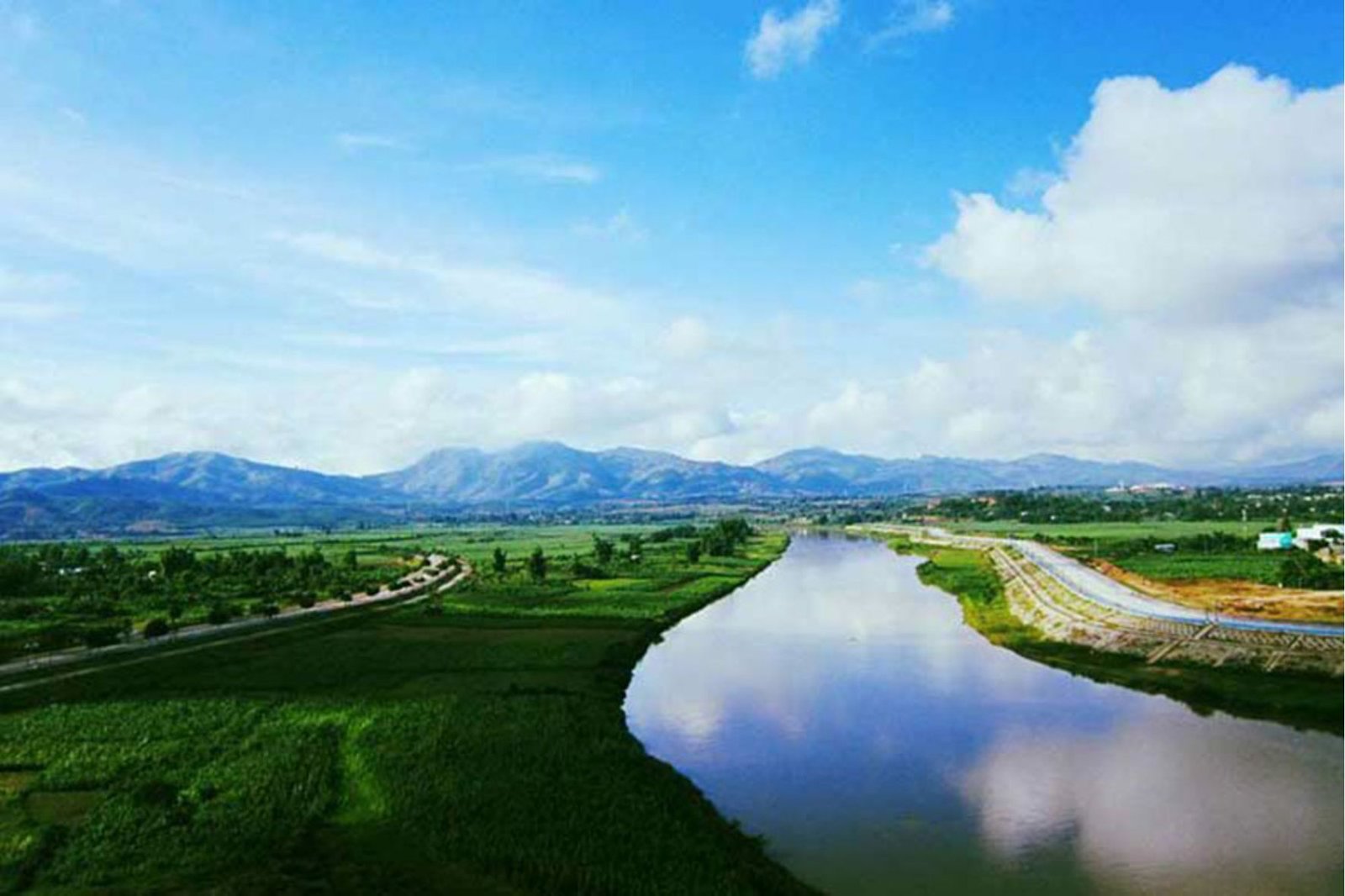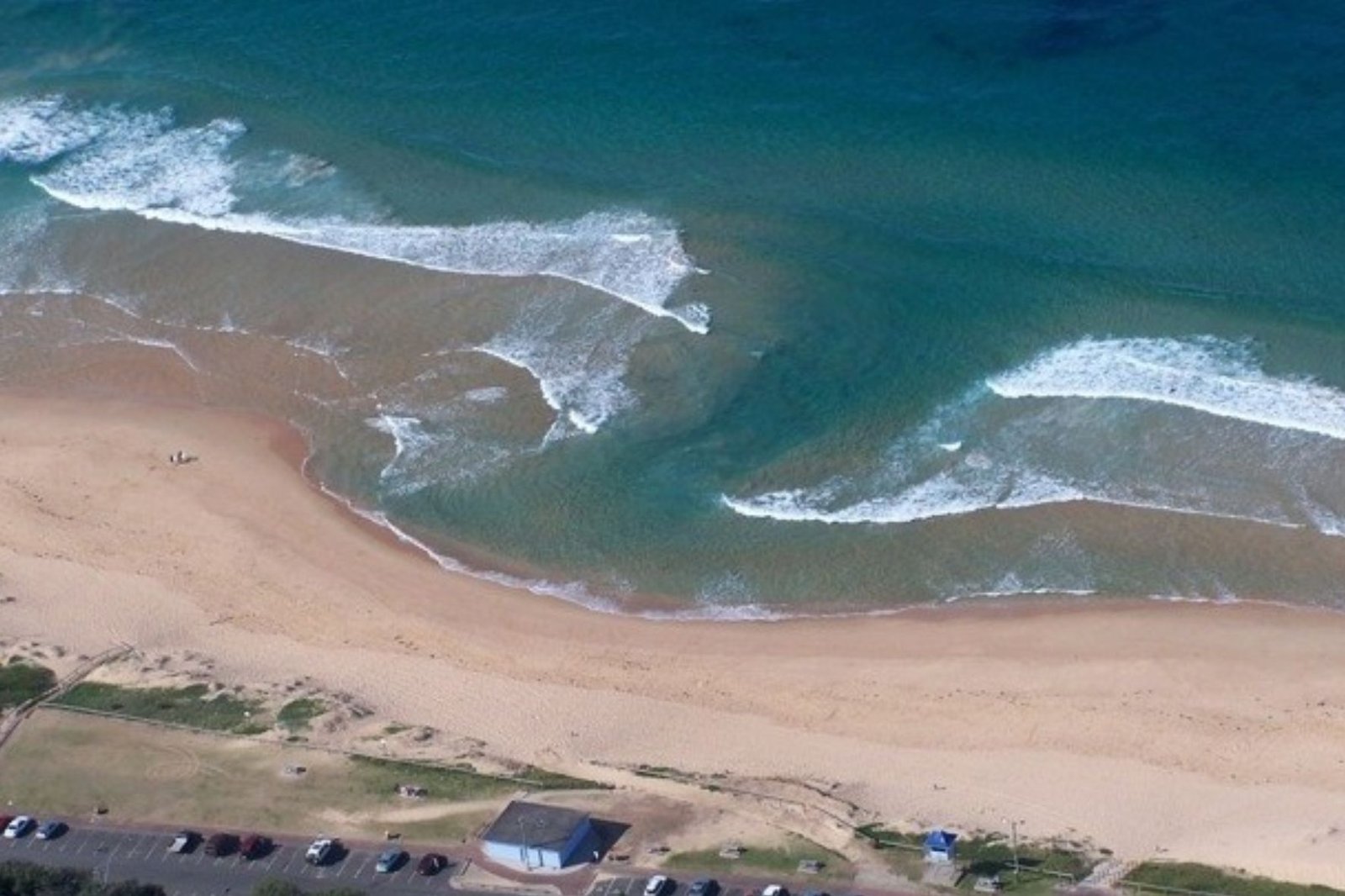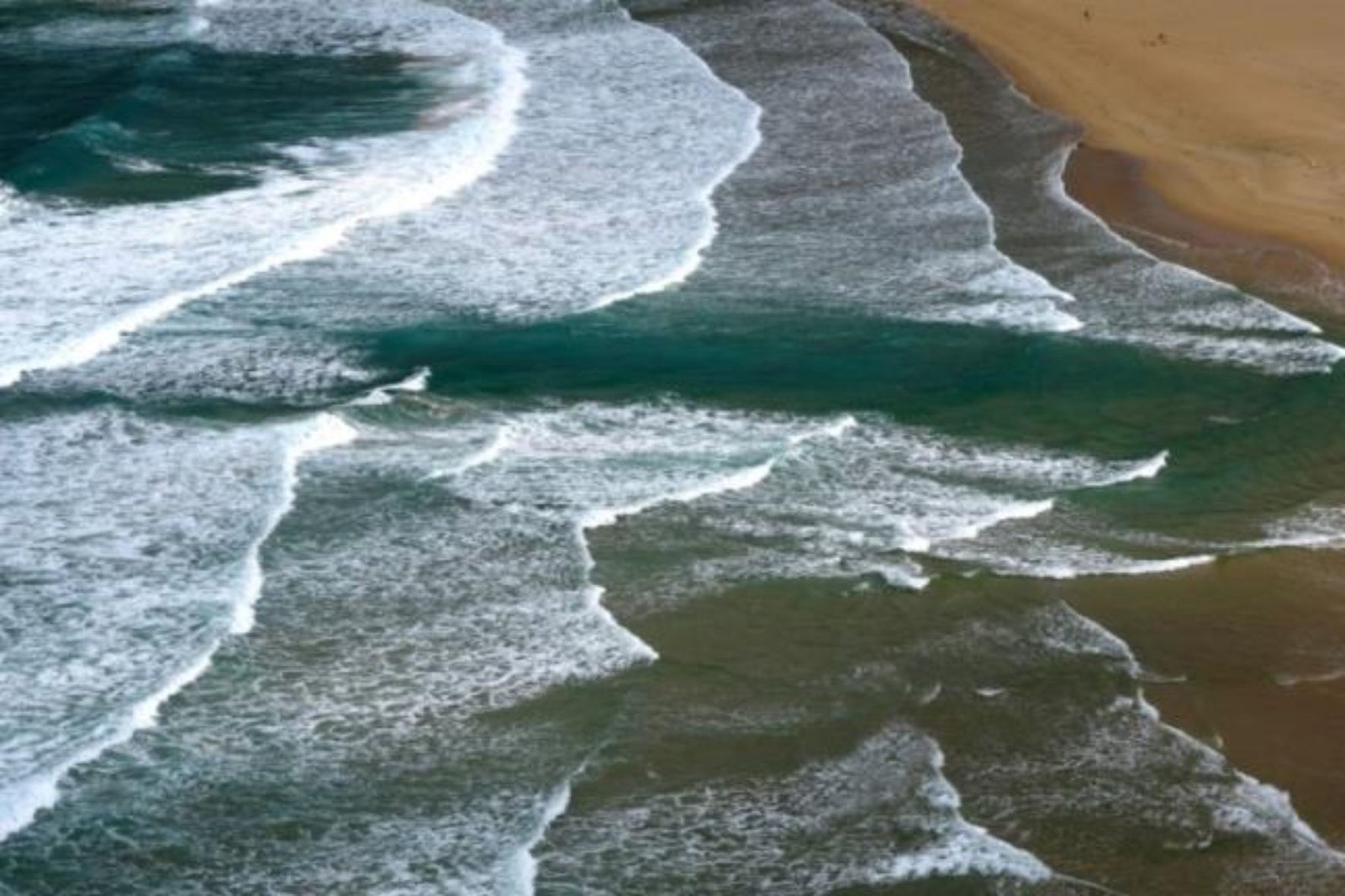Rivers flowing backward might sound like something straight out of a fantasy novel or science fiction film. However, the idea of reversing the natural flow of a river is a fascinating topic that captures the imagination. In this article, we’ll explore how and why rivers flow in their natural direction, examine real-life instances where rivers have flowed backward, and discuss the scientific and engineering challenges involved in reversing a river’s course.
Links Domain: https://lawadvisors.pamshion.net
Table of Contents
ToggleUnderstanding River Flow
To appreciate the concept of reversing a river’s flow, it’s essential to understand why rivers flow in the first place. Rivers are formed by the movement of water from higher elevations to lower elevations due to gravity. This natural gradient drives the water downstream, creating a flow that carries sediments, nutrients, and other materials from the source to the mouth of the river.

Natural Instances of Rivers Flowing Backwards
While the idea of a river flowing backward may seem implausible, there are rare natural phenomena where rivers have flowed in reverse, albeit temporarily. One notable example is the Chicago River in the United States. In the late 19th century, engineers successfully reversed the flow of the Chicago River to address sanitation issues. By constructing a series of canals and locks, they redirected the river’s flow away from Lake Michigan, improving the city’s water quality and public health.
Another example is the phenomenon known as “backflow” that occurs during extreme weather events, such as hurricanes or heavy rainfall. In these cases, the intense pressure and flooding can cause rivers to temporarily flow backward. However, these instances are not permanent and usually revert to their natural direction once the weather conditions normalize.
Engineering Challenges of Reversing a River
Reversing the flow of a river is an extraordinary challenge that involves complex engineering and significant resources. Here are some key considerations:
- Hydraulic Engineering: To reverse a river’s flow, engineers must alter the natural gradient and water flow dynamics. This often requires the construction of barriers, locks, and pumps to redirect the water. The process involves detailed hydraulic modeling to ensure that the changes do not adversely affect the surrounding environment or cause unintended consequences.
- Environmental Impact: Altering a river’s flow can have significant ecological consequences. Rivers support diverse ecosystems, including fish, plants, and other wildlife. Changing the flow direction can disrupt these ecosystems, leading to potential loss of habitat and biodiversity. Environmental impact assessments are crucial to evaluate and mitigate these effects before implementing any changes.
- Cost and Maintenance: Reversing a river’s flow is a costly and labor-intensive process. It requires substantial financial investment and ongoing maintenance to ensure that the system remains functional and effective. The long-term sustainability of such projects must be carefully considered, including potential costs associated with repairs and updates.

Scientific Feasibility
The scientific feasibility of permanently reversing a river’s flow is limited. While temporary reversals are possible under specific conditions, such as during natural disasters or engineering interventions, achieving a permanent reversal is challenging. The natural forces of gravity and the river’s established flow patterns make it difficult to maintain a reversed direction over time.
Case Study: The Chicago River
The Chicago River is an excellent case study of a successful river flow reversal. In the late 1800s, the city of Chicago faced severe sanitation problems due to the river’s flow into Lake Michigan, the city’s primary drinking water source. To address this issue, engineers designed the Chicago Sanitary and Ship Canal, which reversed the river’s flow and redirected it away from the lake.

The project involved constructing a series of canals, locks, and pumping stations to manage the water flow effectively. The reversal of the river’s flow had significant benefits for public health, reducing the risk of waterborne diseases and improving the overall quality of the city’s water supply.
Future Possibilities
While permanently reversing a river’s flow remains a challenging endeavor, advancements in technology and engineering may offer new possibilities in the future. Ongoing research in hydraulic engineering, environmental science, and sustainable development may lead to innovative solutions for managing and altering water systems.
External link: art.htmlhttps:/jetluxury.techarmz.com/transformed-celebrity-
Conclusion
Reversing the flow of a river is a concept that blends science, engineering, and imagination. While achieving a permanent reversal is unlikely due to natural constraints, historical examples like the Chicago River demonstrate that it is possible to alter a river’s flow temporarily. The challenges involved in such projects highlight the importance of careful planning, environmental consideration, and technological innovation. As we continue to explore and understand the complexities of water systems, who knows what future advancements might bring? For now, the idea of a river flowing backward remains a captivating blend of possibility and wonder
